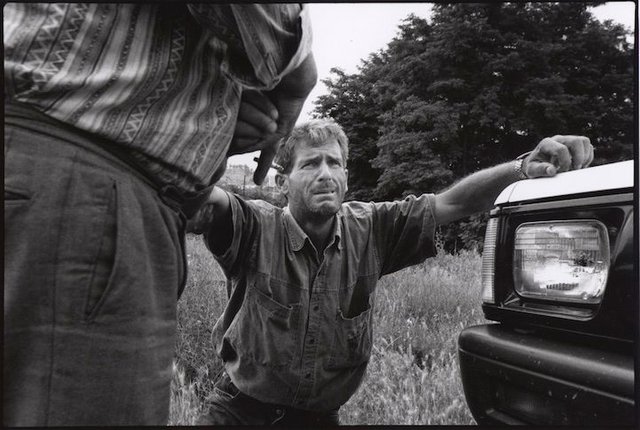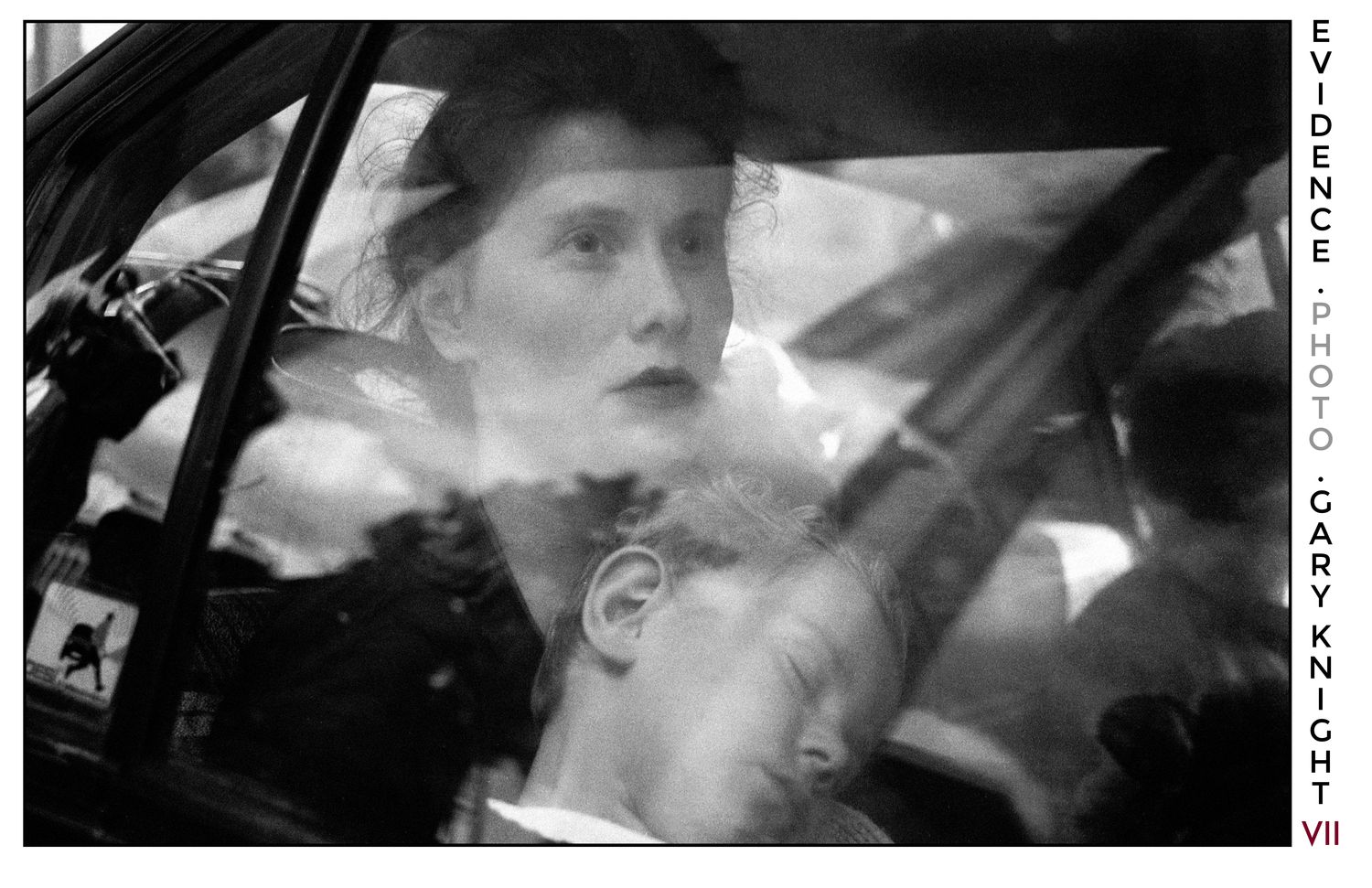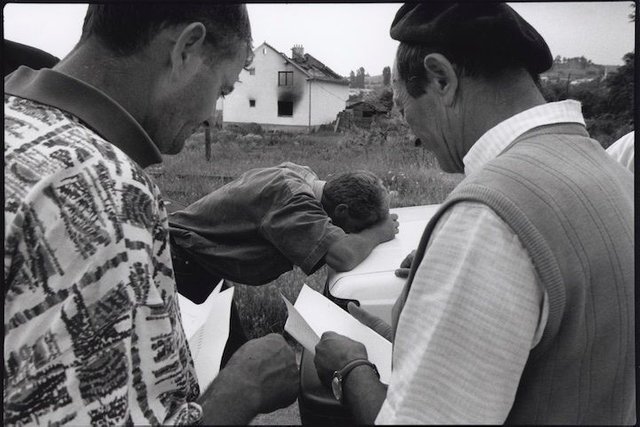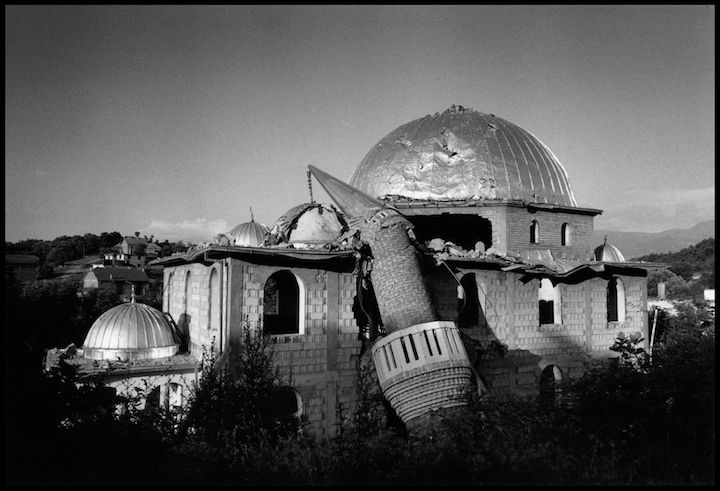EVIDENCE: WAR CRIMES IN KOSOVO

“Evidence: War Crimes in Kosovo," is a body of work that was produced in Albania, Macedonia, and Kosovo between February and July 1999. This work was a deliberate effort to address the issue of war crimes and was my first attempt to construct a documentary project in a kinetic environment.
I had photographed the war in Bosnia from January 1993 until it ended in December 1995 and continued to photograph its aftermath through the late 1990s. My work in Bosnia had been driven by news events and the demand for imagery from media clients in the USA and Europe. By the time the war ended, I felt I’d fulfilled my obligation to my clients but had failed to address decisively what I saw as the critical issues of the war—crimes against humanity and war crimes. During that war, I established a friendship with photographer Gilles Peress, who had a significant impact on the way I approached my work. We were frequent traveling companions during the violent years in the former Yugoslavia, where Gilles challenged me to use my photography with greater urgency and militancy and to explore the remote areas beyond the boundariesof my experience and imagination.
The war in Kosovo was the terminal act of dismemberment of Yugoslavia, a vicious endgame. It was evident during the prelude to the war that the pattern of murder, rape, deportation, and persecution the world had witnessed in Bosnia was being revisited by military or paramilitary forces loyal to the Republic of Serbia on what it considered to be a subjugated civilian populace. I agreed with my editors at Newsweek, Charles Borst and Guy Cooper, and with my longtime collaborator, Newsweek correspondent-at-large Rod Nordland, that I would focus my work on the issue of war crimes from the beginning of our coverage of the story. What remained was to find a narrative structure. Gilles encouraged me to approach the story like an investigator (he seemed to think my family’s history in the British police gave me some useful genetic advantage). But how would I frame the project?
A few weeks after I arrived in Albania to start working amongst the displaced Kosovars fleeing Serb war crimes in Kosovo, a colleague from Newsweek acquired a copy of the International Criminal Tribunal for Yugoslavia’s indictment of Serbian President Slobodan Milošević and his collaborators. Once I read the indictment, I understood immediately that it provided the perfect structure for my project. The indictment noted every war crime in Kosovo hitherto and named the perpetrators if known, the victims, and the locations of the crimes. It was divided into three parts: Deportation, Persecution, and Murder.

I asked these men - who came to assist me while I was looking at a map - if they could help me identify a specific place mentioned in the indictment of Milosevic where a number of civilians had been murdered. The men were all from the village of Velika Krusha, and had returned to locate missing family members. They asked to see the copy of the indictment I was carrying so they could help me. One of the men called Naser Mazreku looked slowly at the indictment and was watched closely by his friends. It was a fraught and silent minute. What I didn't know or anticipate was that in the incitement were the names of everyone in the village killed by the Serbs which included Naser Mazrekus family who were shot and burned in a house 50 meters from where we were standing.


